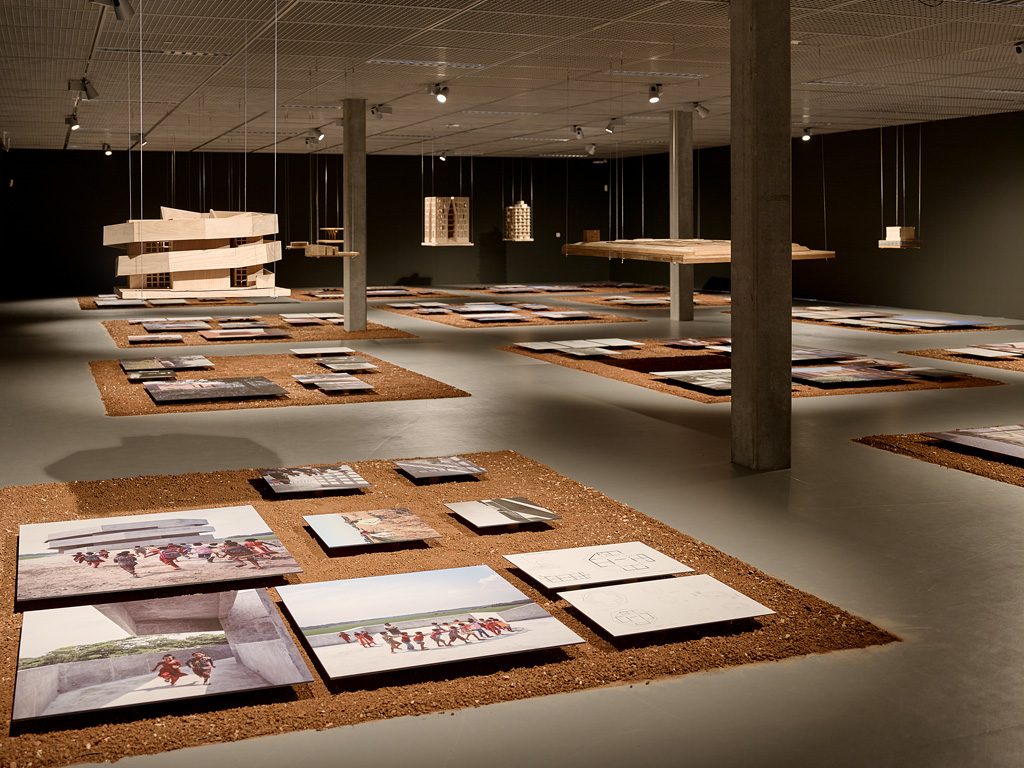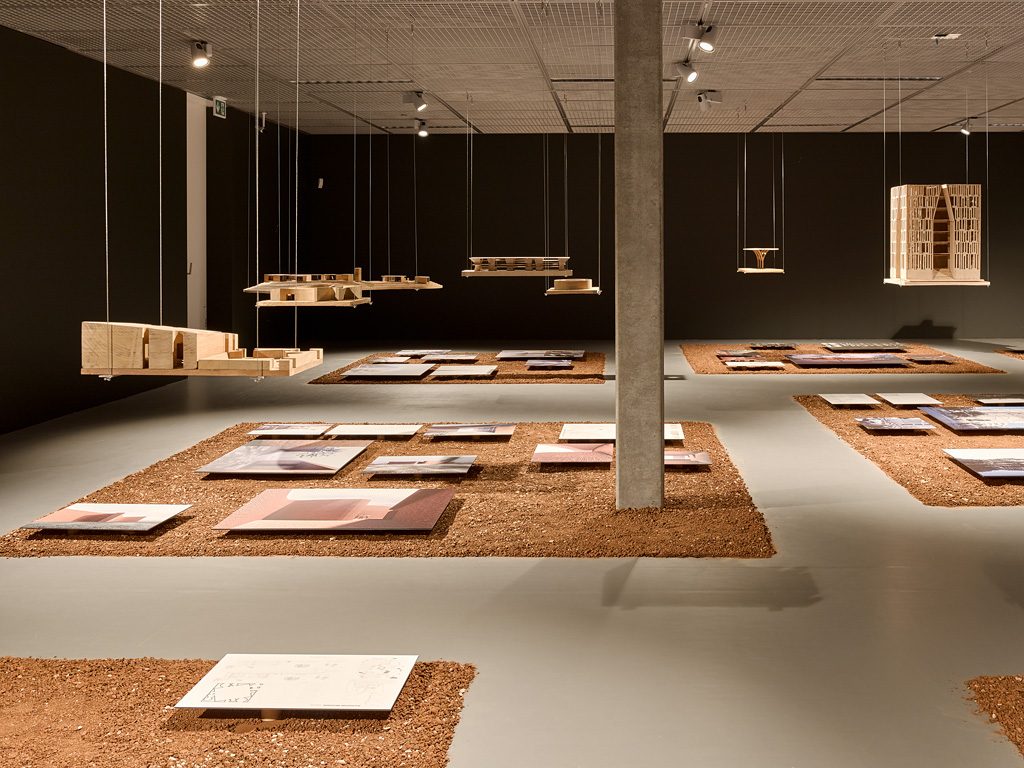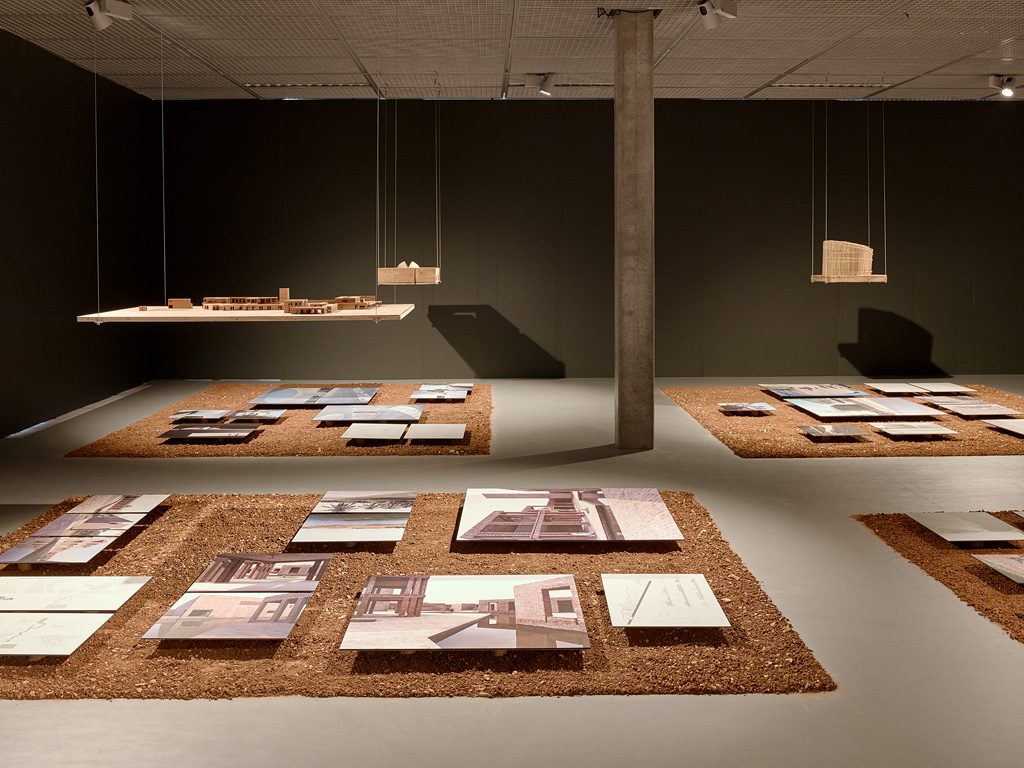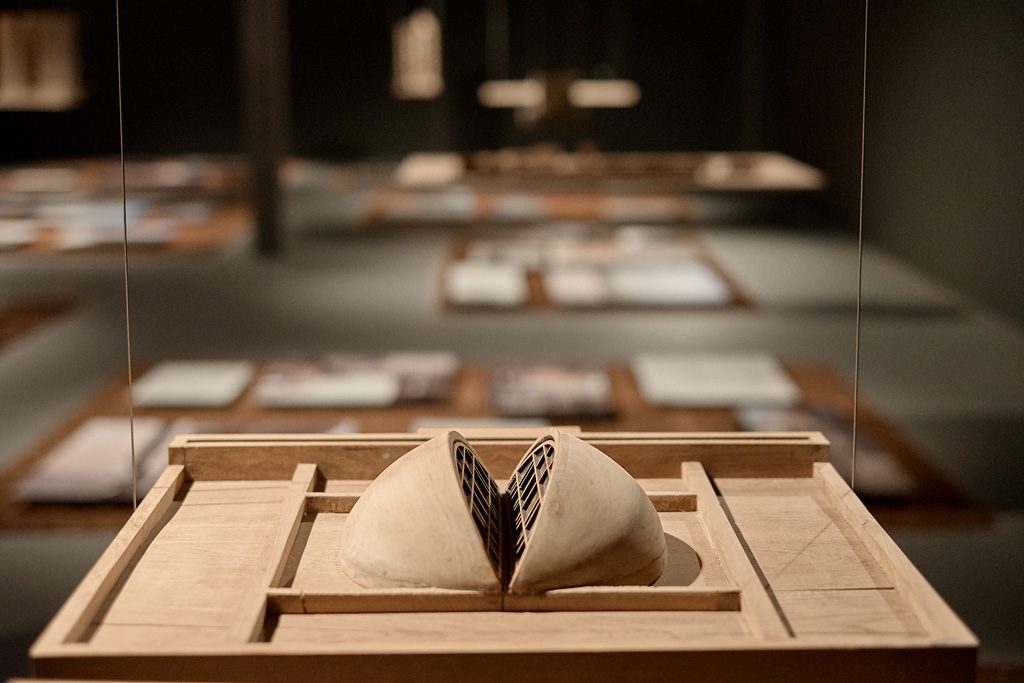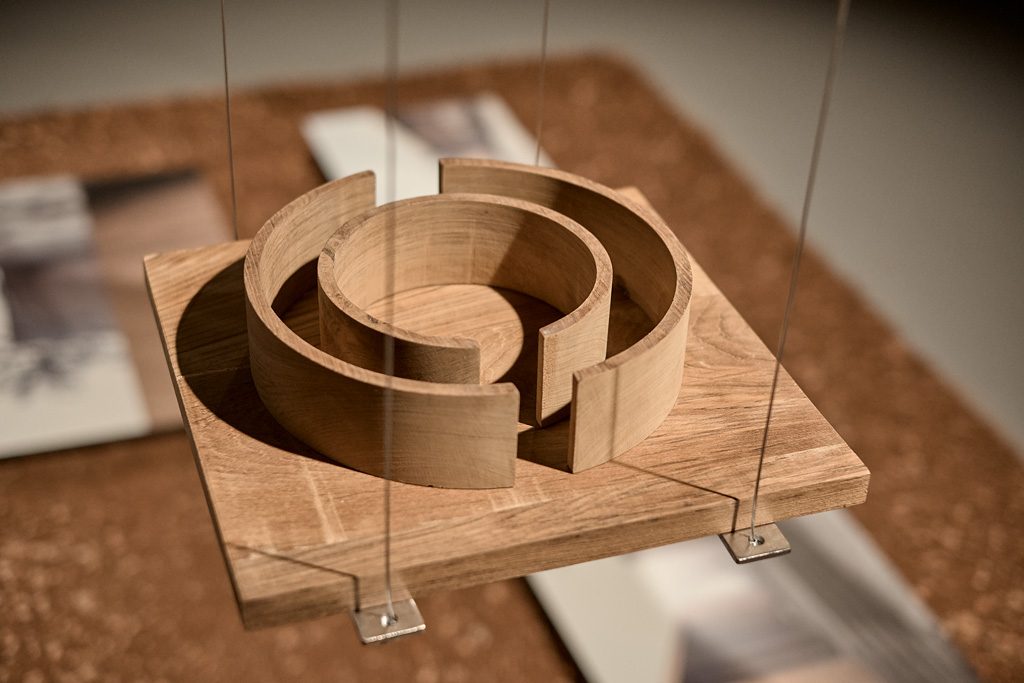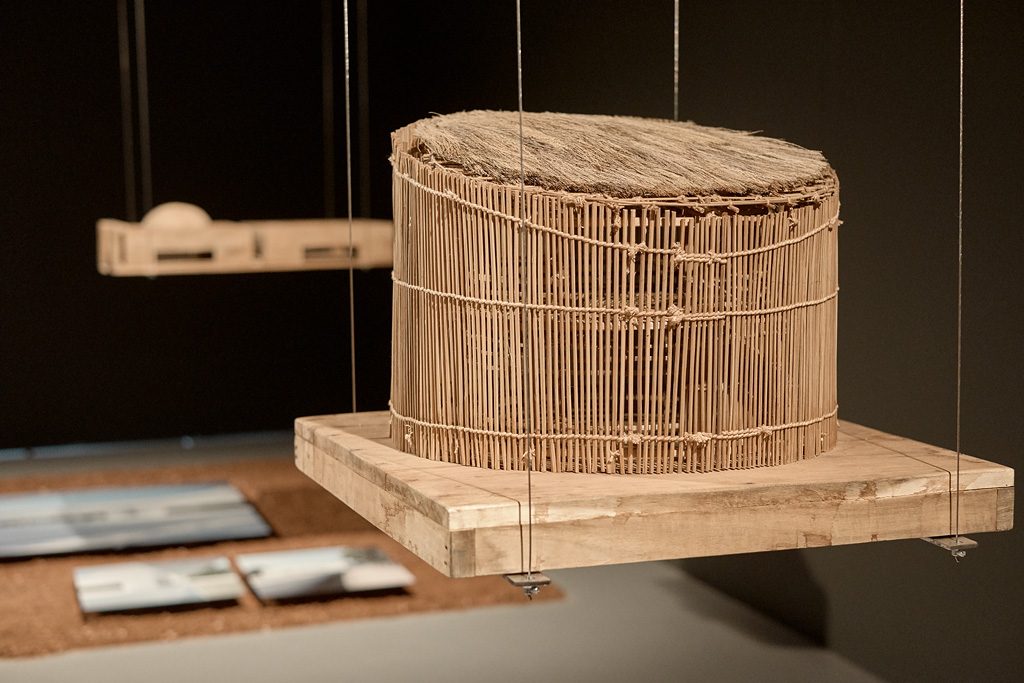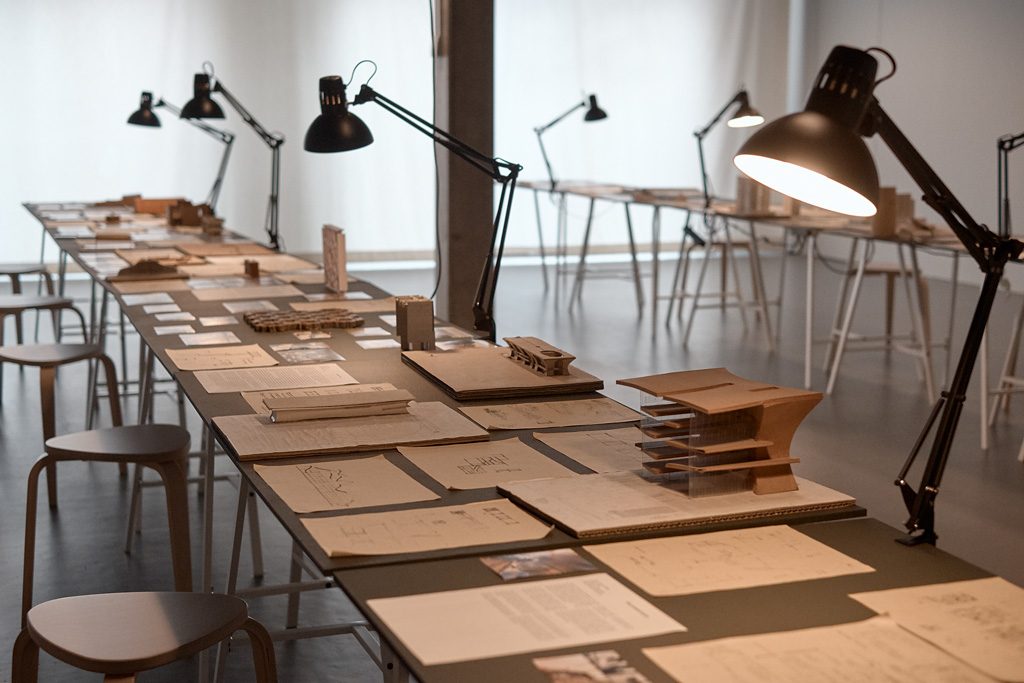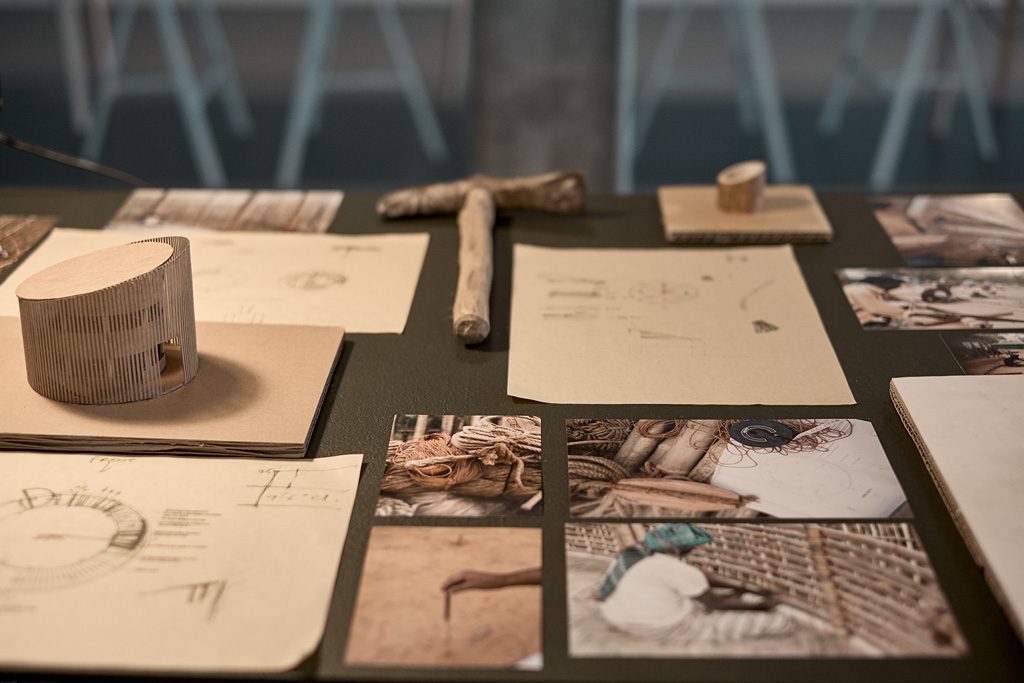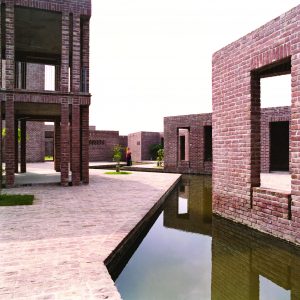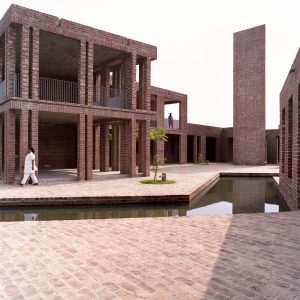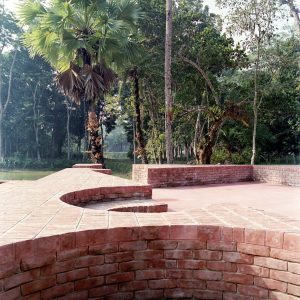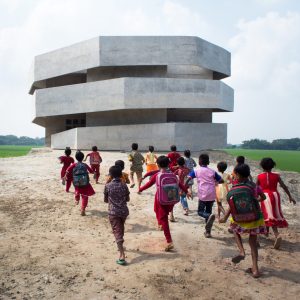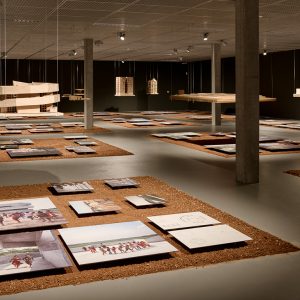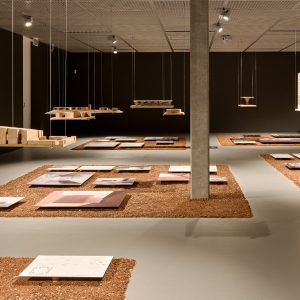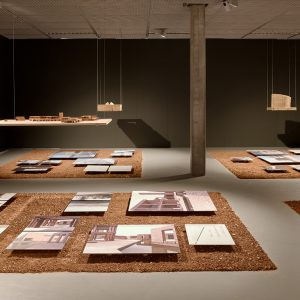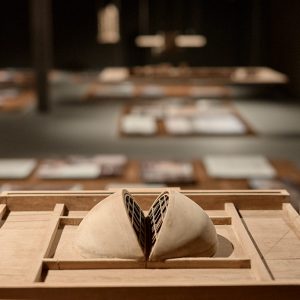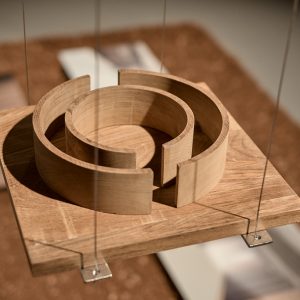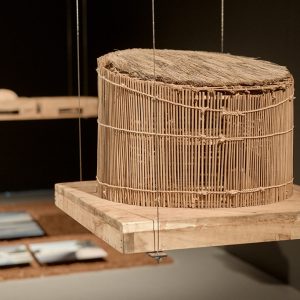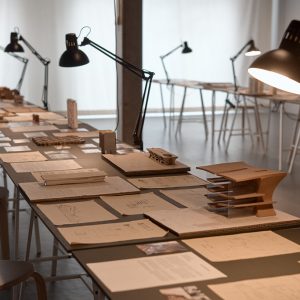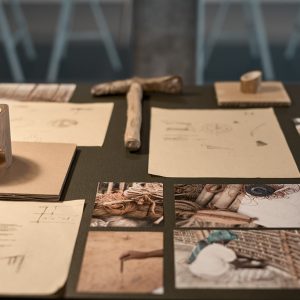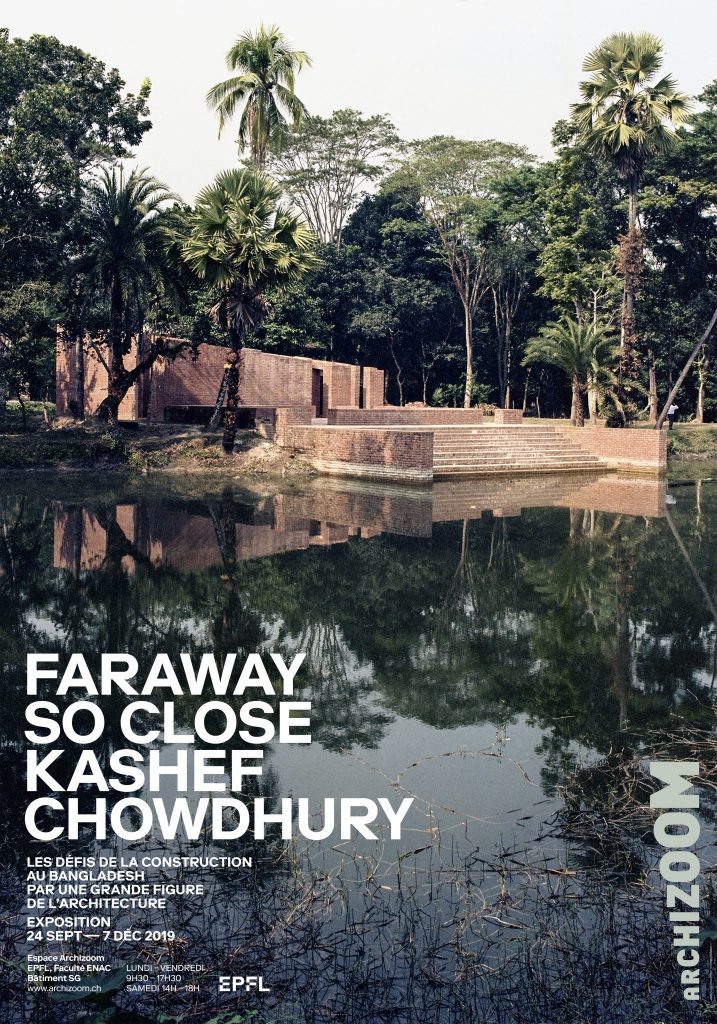
Exhibition 24 September – 7 December 2019
Archizoom, SG building, EPFL
Monday to Friday from 9:30 to 17:30
Saturday from 14:00 to 18:00
Exhibition opening Monday 23 September, 18:00
Lecture by Kashef Chowdhury, architect
Introduction by Niklaus Graber, curator
SG building, auditoire SG 1138
More information
Nuit des musées Saturday 21 September, 14:00-2:00
Sarod recital by Rajrupa Chowdhury at 19:00
SG building, hall SG
More information
Lecture on the architecture in Bangladesh Monday 7 October, 18:30
by Niklaus Graber, architect and co-curator of the exhibition
SG building, Archizoom
More information
Workshop ‘Ville en Tête’ for children on 23rd and 30th of November 2019
More information
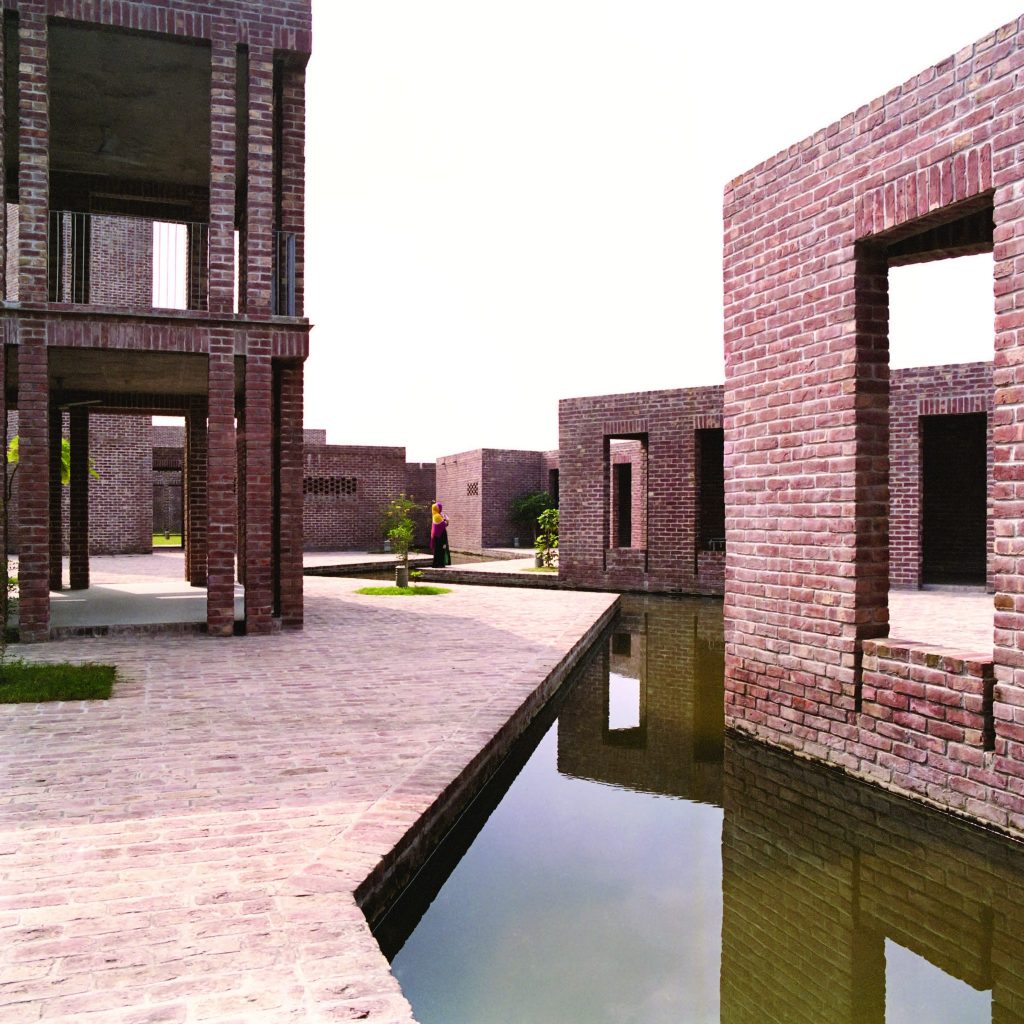
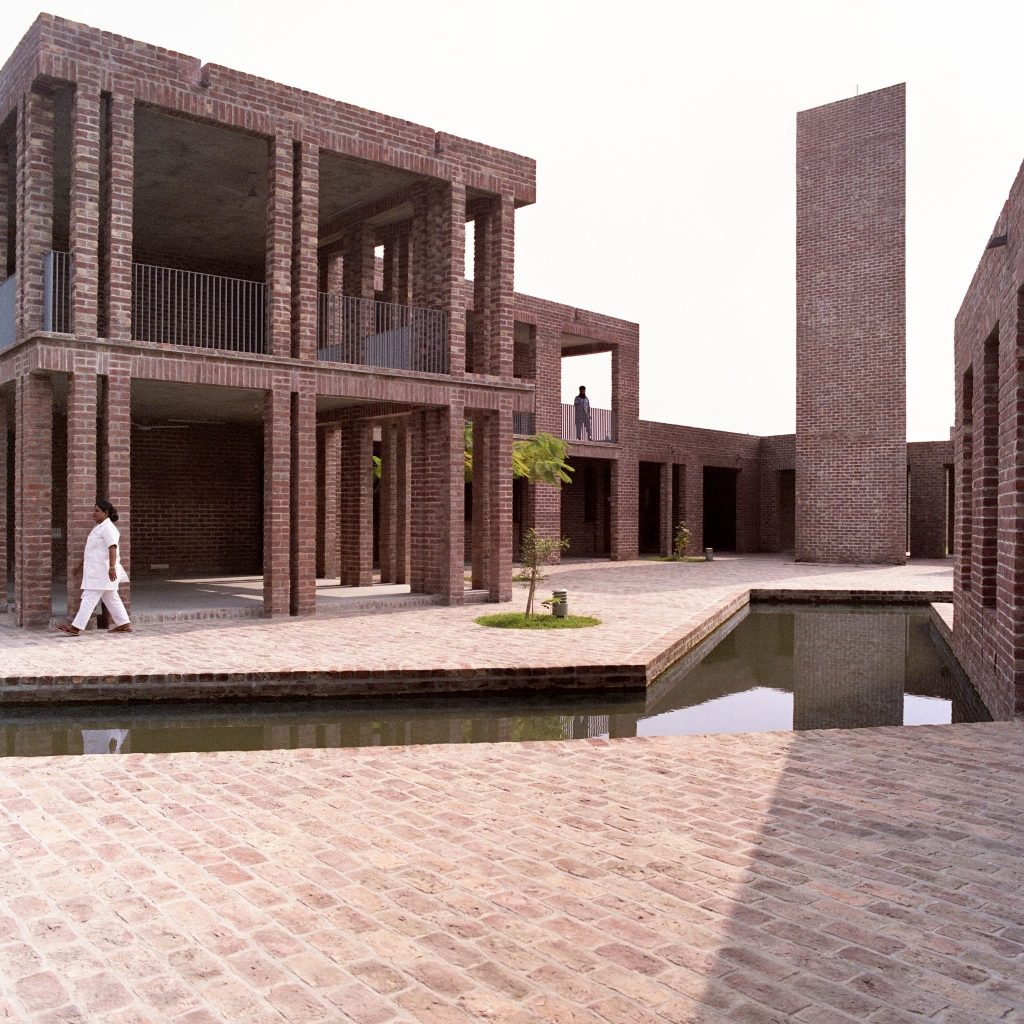
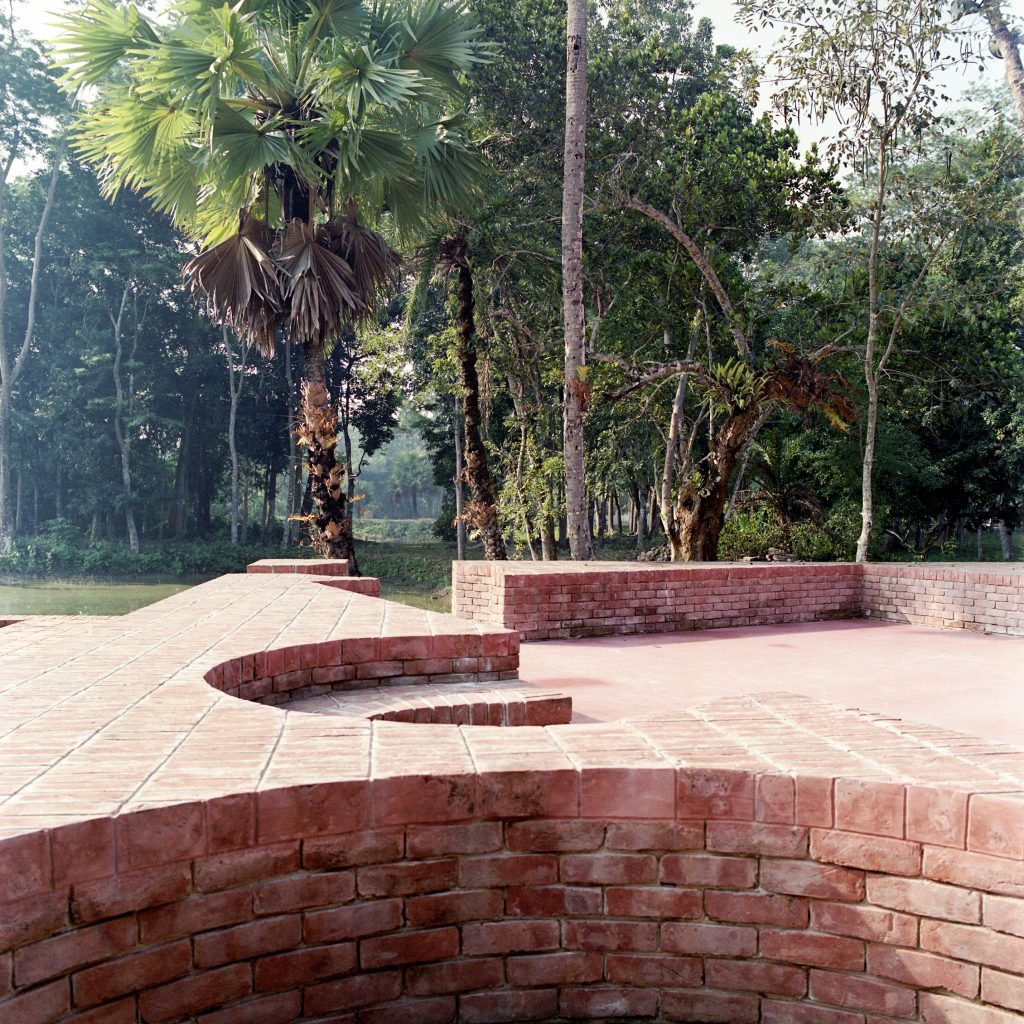
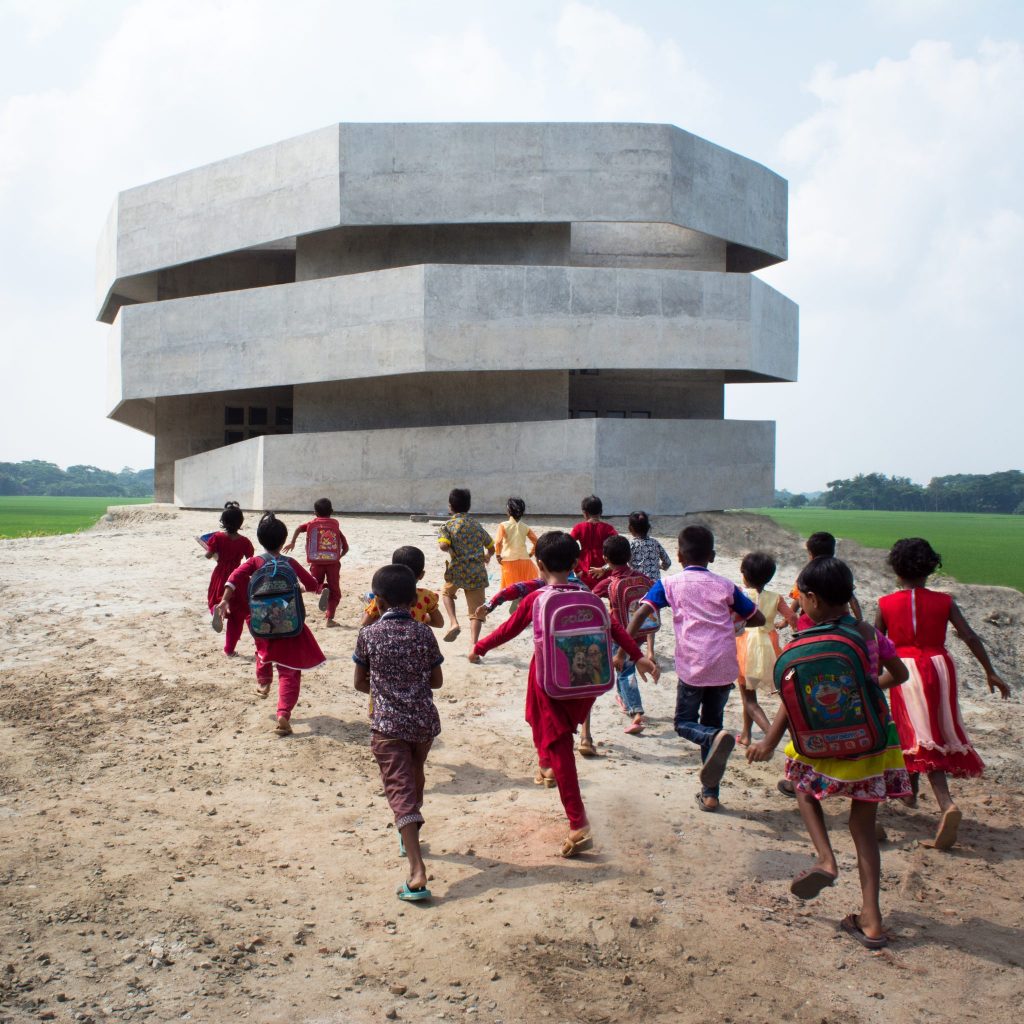
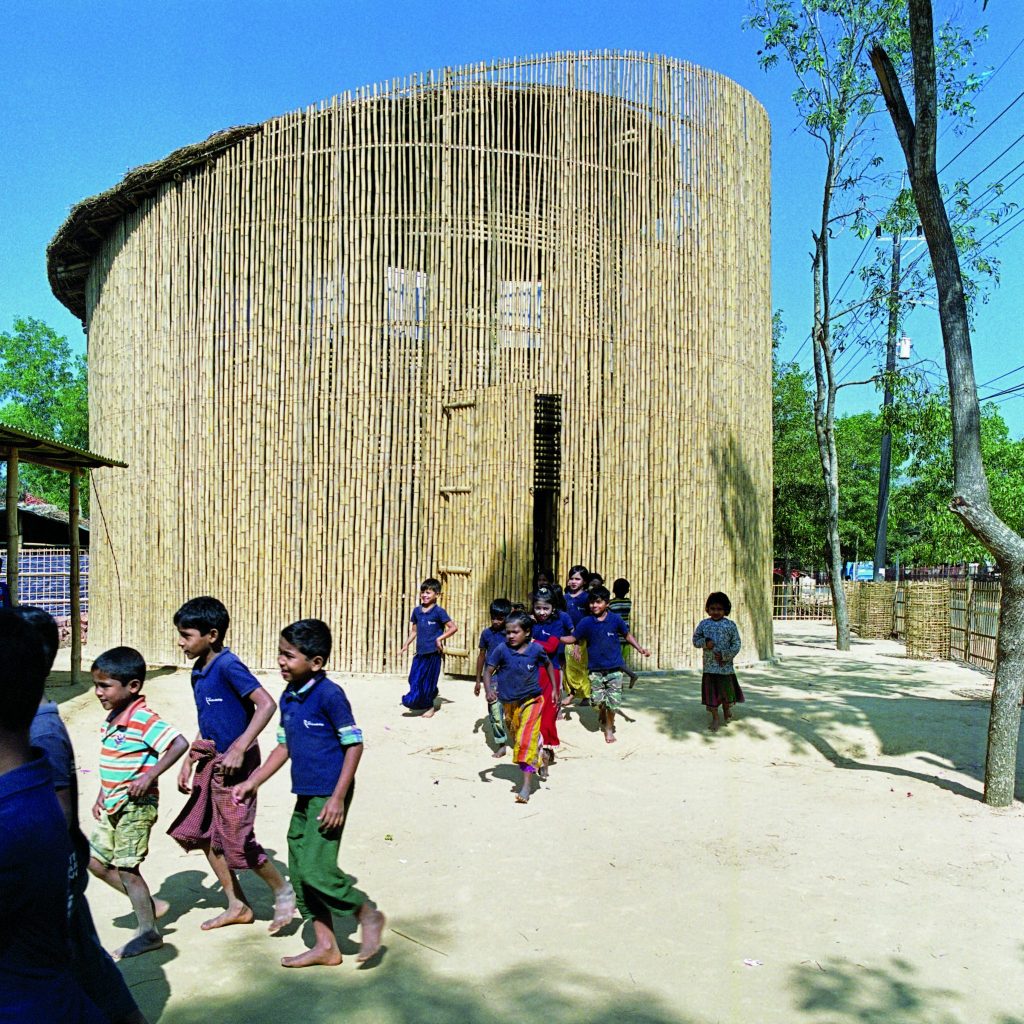
”Essential as the basis of life, water nevertheless represents a constant threat to the fragile deltaic landscape.”
Niklaus Graber
In Bangladesh, the architect Kashef Chowdhury is looking for solutions to the collapse of urban regions and cultural heritage due to abrupt tropical climate changes. Bangladesh is one of the most densely populated regions on earth and its river delta landscape is an area prone to flooding, cyclones, and rising sea levels.
In this context, Chowdhury’s pragmatic and poetic buildings serve society with radical simplicity, sparing a masterful treatment of light, space and materiality. Using earth and bricks as material, he manages to balance maximum functionnality and robustness with sensuality and grace.
”The issues facing Bangladeshi architects are gaining new relevance as the rest of the world confronts similar concerns.”
Niklaus Graber
Through local action, Chowdhury’s architecture adresses urgent and global issues such as population density, climate change, migration, and the development of rural potential.
Models, photographs, film footage and plans will be exhibited and will enable the public to immerse themselves in his construction process.
Exhibition curated by Niklaus Graber and Andreas Ruby.
Kashef Chowdhury/URBANA received the prestigious Aga Khan Award for Architecture in 2016 for the Friendship Centre on the flood plains of Gaibandha in nothern Bangladesh. With projects such as the Gulshan Society Mosque in Dhaka and the Cyclone Shelter in Kuakata, he gained widespread international acclaim.
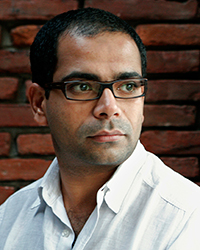
Careful arrangement of structures in areas marked by extreme climatic conditions, combined with local building techniques and materials: Kashef Chowdhury’s buildings are exemplary of an architecture that serves society with radical simplicity and poetry. An atmospheric installation at Archizoom invites visitors on a journey to Bangladesh and the architectural worlds of URBANA.
In many respects stigmatized as a peripheral region, Bangladesh has hardly been present on the global architectural map. This is likely to change in the near future. This is the first comprehensive European exhibition on the work of Kashef Chowdhury, who received the prestigious Aga Khan Award for Architecture in 2016 for the Friendship Centre on the flood plains of Gaibandha in northern Bangladesh. With further projects such as the Gulshan Society Mosque in Dhaka and the Cyclone Shelter in Kuakata, he gained widespread international acclaim.
At first glance, Kashef Chowdhury’s buildings – such as his stormproof school or island-shaped village near the Bramaputra River – seem to have emerged directly from the local context of Bangladesh, which is one of the most densely populated regions on earth and dominated by dramatic tropical weather conditions. At second glance, his architecture spans space and time from east to west, from the past to the present, and has universal appeal thanks to its masterful treatment of light, space and materiality. URBANA’s works are not only spatially and architecturally extraordinary in their immediacy; they also bear witness to the high social relevance of an architecture that thoughtfully and inventively addresses urgent issues such as population density, climate change, migration, and the reactivation of rural potential. Through local action, carefully developed from the history and geography of the world’s largest delta region, URBANA’s work acquires a global significance that moves us closer many themes, which where once thought to be faraway.
Bangladesh’s river delta landscape is an area prone to flooding, cyclones, and rising sea levels, where not only hydrologically, everything seems to be in flux. In this context URBANA’s buildings reveal an unexpected and uncompromising permanence based on clear geometries, local materials, and vernacular building methods. These are often variations on the bungalow typology, a form that has been tried and tested in tropical climates, made with bricks produced locally from the loamy soil, which serve as the basic modules of a predominantly handcrafted architecture. This apparent simplicity, however, addresses contemporary social and environmental issues seemingly insuperable nowadays. Architecture thus becomes an important basis for providing contemporary and dignified living spaces to a segment of the population living on the fringes of society.
Exhibition curated by Niklaus Graber and Andreas Ruby
Exhibition views
